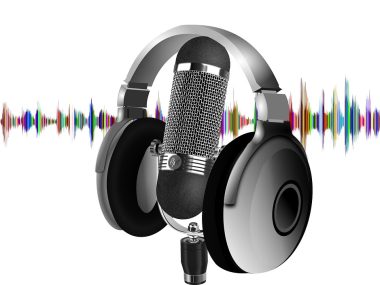Computers are quick and fast machines that have made our life easier and simpler. Computer technology plays an essential part in enhancing day-to-day activities. But what if, instead of producing seamless results, your computer lags and slows down your work and your it administrator has limited access? It can become stressful.
The Blue Screen of Death issue is a typical windows system error. The operating system on your computer effectively controls all of the resources on your device while running multiple programs simultaneously. Any system problem on your computer affects the speed of your computer.
Here are the top 5 software errors that can affect your PC’s performance and how to fix them.
1. Your PC may be outdated:
In today’s competitive world, products are constantly updated to keep up with the fast-changing industry. If we do not keep up with such developments, we may hold obsolete versions. When a computer is out of date, it runs slowly, and it is more of a consequence than an issue if you have been using a computer for more than five years.
Potential solution:
Updates must be kept up to date; otherwise, the only choice is to purchase a new computer.
2. Your drivers are out of date:
Drivers are utilized to communicating with all of the computer’s hardware systems. If your drivers are out of date, the communication quality will suffer. The hardware components take longer than usual to connect to the computer and function properly.
Possible solution:
Download and install the latest up-to-date drivers for your PC’s operating system.
3. Enabling the use of visual effects:
If your RAM is insufficient to handle your PC’s graphic effects, it will begin to perform slower than usual.
Possible solution:
We can adjust the parameters to suit your computer’s needs as follows:
Select Advanced system settings or Performance settings, whatever is available in your settings, and then select Adjust visual effects and Adjust for optimal performance.
4. Inadequate Hard Drive Memory:
As the capacity of your hard drive declines, so performs your PC. This happens because the virtual RAM necessary to hold all temporary files is unavailable or insufficient. This virtual memory is typically used to help in the smooth execution of applications.
The significant difficulty with RAM, on the other hand, is applications that demand a lot of memory to execute.
Possible solution:
Keep an eye on how much memory is left on your hard disc. It’s usually good to keep at least 20% of your overall disc space empty.
In the case of RAM, you may always add more RAM to your system as needed.
5. Multiple browser tabs are open at once:
Each tab you open and run a program takes up a certain amount of RAM (RAM). Many of them running simultaneously reduces the amount of memory and power available to the PC, allowing for seamless transitions from one tab to the next or one program to the next.
Although one of the numerous features of the computer is to allow you to work on multiple tabs simultaneously, this does not indicate that any number of open tabs will suffice. It simply overloads the system, causing the computer to slow down.
Solution:
Try to keep your browser open only to those tabs you need right now.
If you want to return to any pages or tabs for future reference, a simple bookmark option is accessible.
You can also organize the pages you’ve bookmarked into different folders, such as work, recipes, finance, etc.
The same may be said about programs.
You should only have one program open at a time, and you should close each one when you’re done with it.
A variety of factors can cause a computer’s slowness.
Some are about how you use the computer, while others are about software difficulties, and others are about the computer’s hardware components.
Thus, with the knowledge of these common software errors and their solution, we can prevent slowing down the PC performance. And we can do our work and entertainment without any disturbance and irritation.





